Hello Hiveans...
The photos that you see in this post, are one of the faces of the suburban village of Lhokseumawe, which has natural wealth that is still natural with the sign that there are still many wild habitats in one of the cities of Lhokseumawe.
The location which is still within the Lhokseumawe city area is a location point that is directly connected to the marine waters of the Indian Ocean, or to be precise in a Pusong Lama Village (fishing village) Lhokseumawe, Aceh province, Indonesia.

What is unique in this village?
You will see a variety of uniqueness... if you enter and observe this village? However, what is of concern to the community is that the location of the village which is the center of the Lhokseumawe city administration is about 500 meters away.
One of them that has become a public concern is, having a location called a river channel, in an area that covers an area of more than 5 hectares, growing a variety of booming trees, namely mangrove trees which number hundreds of units, and live in several groups of wild habitats, one of which is are egrets and the like.
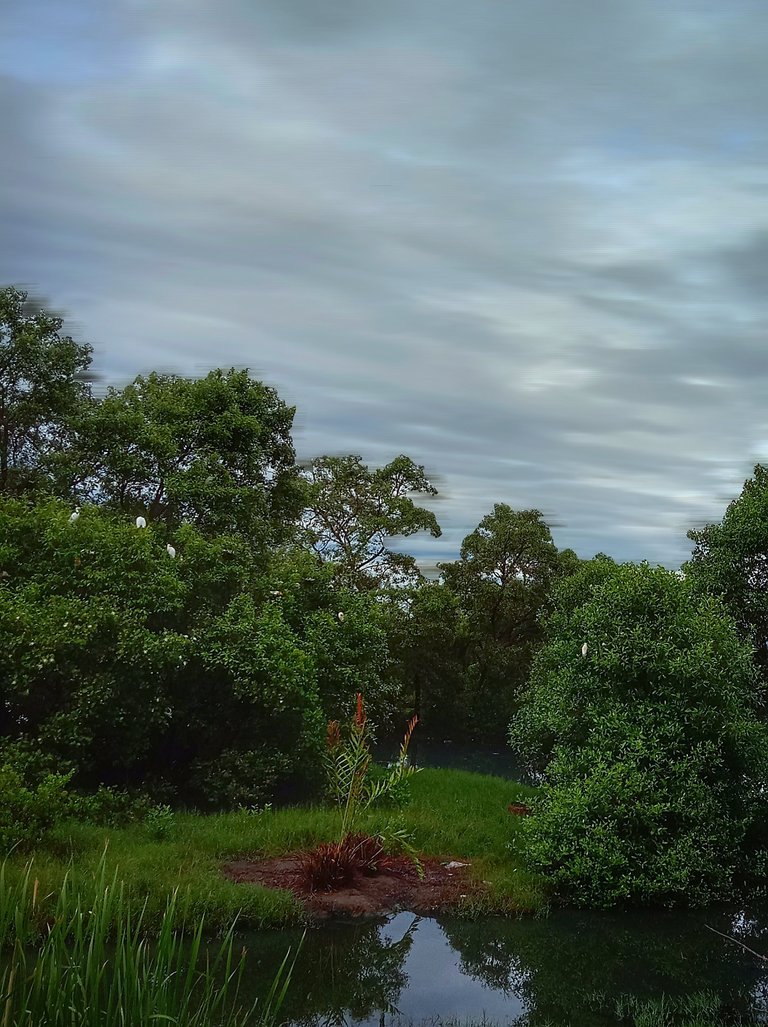
Meanwhile, the location of the river channel itself is about 200 meters behind the residents' houses, some even measuring 50 meters (depending on the position of the house), the residents' houses have their backs to the thick mangrove trees that continue to grow, and are growing rapidly, along the location of the river channel.
The age of the trees themselves has been a long time, throughout the history of the area before the city of Lhokseumawe was formed (still part of the Regency) itself officially became a city government, the mangrove trees already existed.
If it is concluded that the age of the mangrove trees itself reaches 50 years, this is indicated by the very high size of the trees and the residents themselves are historical witnesses of this.

Lives and develops a group of birds, namely egrets with various types
Well, here's where it gets interesting... Uniquely! In the midst of the hustle and bustle of human activity in urban areas, it turns out that behind the houses of residents, there are still natural wild habitats that are still alive.
It turns out that behind the majestic buildings that soar high, it turns out that behind these tall buildings there is a natural charm that is unspoiled and untouched by magnificent buildings. This happens because the residents of Lhokseumawe really want wild, unspoiled habitats to live side by side with humans, even though they are animals, but the level of community care in upholding human values is still there, even with animals.
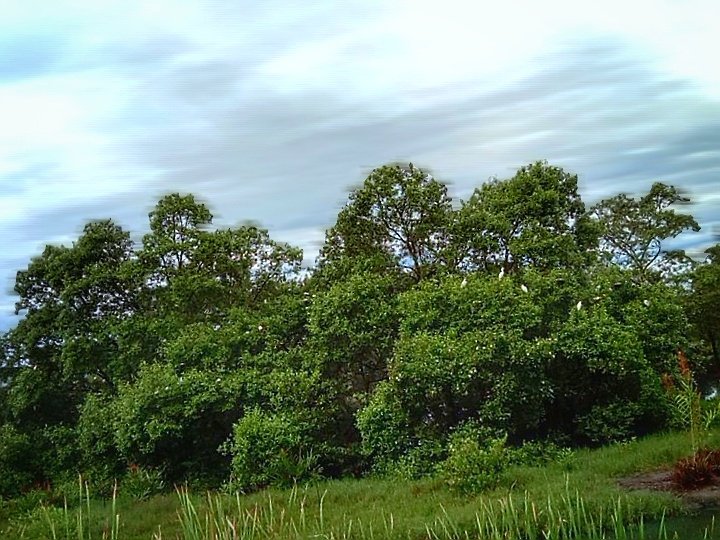
When viewed from a distance, it turns out that in the grove of mangrove trees there are egrets that make their nests in the area. According to the information from the village head of Pusong Lama himself, to this day, the population of egrets that dominate the area is around tens of thousands.
Unfortunately, when the photo was taken it was not at the right time, because the photo was taken during the day, but if it was taken in the afternoon, the white color of the egret's body can be seen covering the green color of the mangrove leaves.
Because almost 90% of the egrets population will forage in other areas, the activity begins in the morning and each group returns to its nest around dusk.

The parents and other groups that have matured continue to forage for food by doing long-distance fliers, essentially each group will disperse all over the place where there is land that has food.
While those who live in nests or in the river channel area which is the main nest are around 10%, those who live permanently in the location itself are only young egrets or still in the category of children. While the adults are only a few parents and even then very few, while others are as described above.
The young egrets or still in the category of children, not play too far from their nests, or about 50 to 100 meters from the mangrove trees. Of course, you really understand why it happened, because of the lack of experience in adventure like their parents.
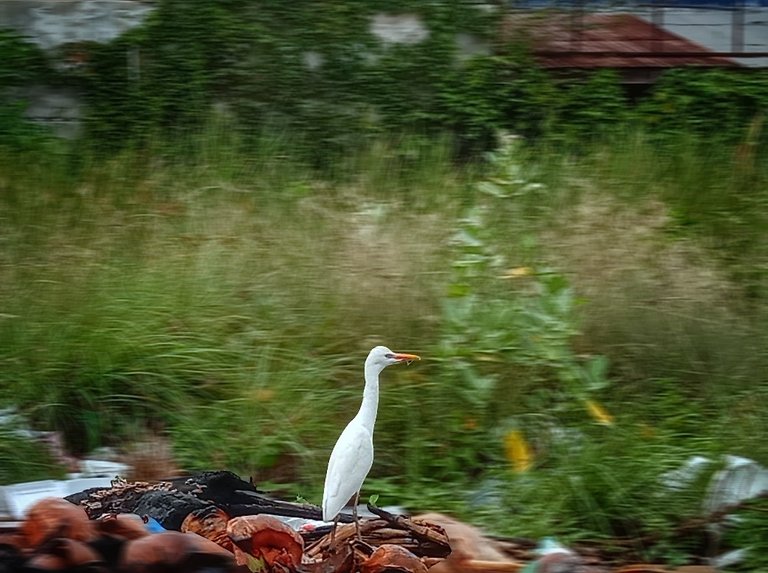
So it is clear that every free bird plays behind the residents' houses, or plays at the location (point) of garbage disposal as a final disposal site. The chicks of the egrets really like the wood waste and some other garbage ornaments that are piled up before the cleaners pick them up. Every egrets bird is no stranger to the local community and also to the cleaning staff, sometimes behind the busy cleaning staff it is seen that the chicks of the egrets participate in their respective missions.
However, some of the other egrets are also in the river channel, looking for their daily food in the form of small fish or prawns who are also playing in the little water when the water has receded. But if the water is high then they play in the pile of garbage.
Below, you can see every activity of the egrets that are cool in the area mentioned above. Here are some pictures.
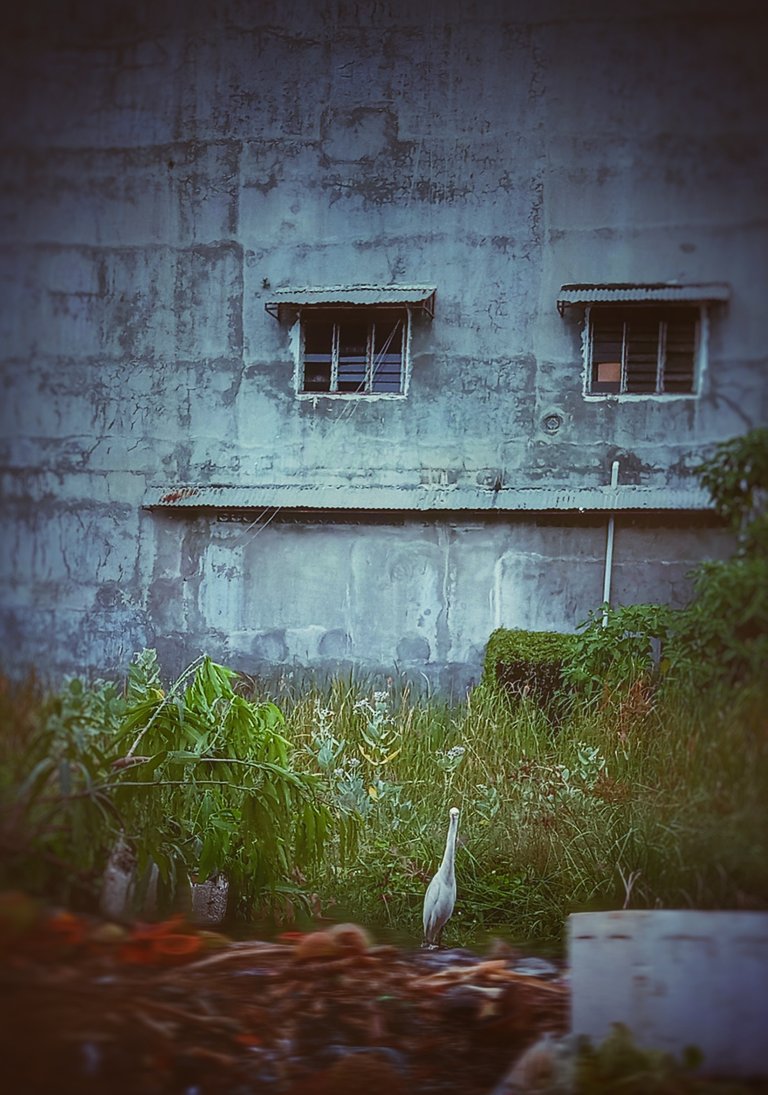
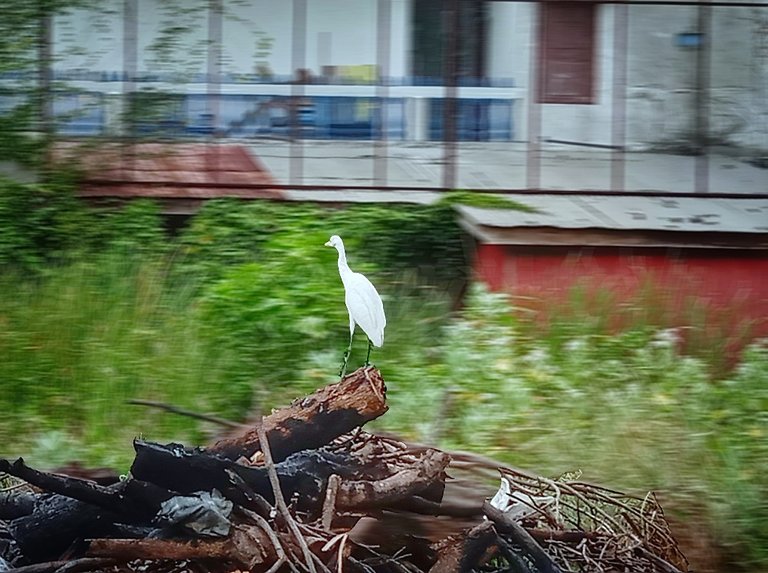

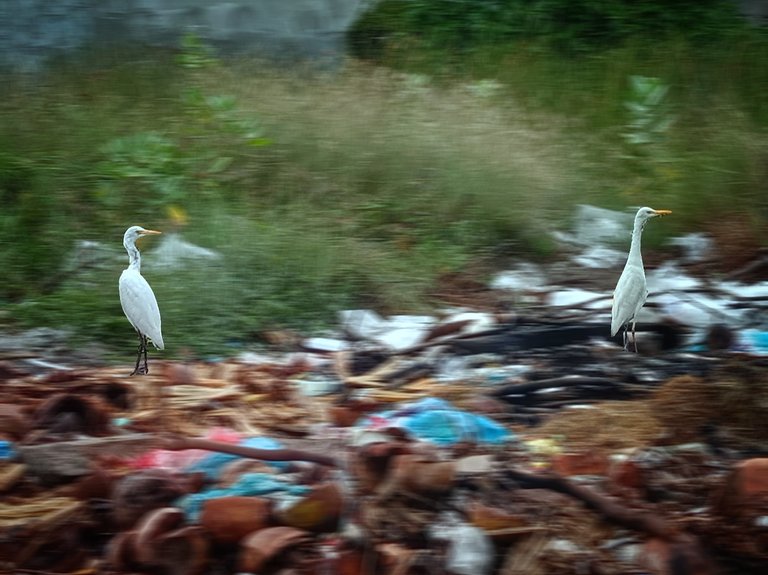


Those are a few things about the state of wild habitats that dominate as unspoiled areas, untouched by tall buildings, even though the location of the wild habitats is very close to the activities of the city government and the busy lives of city residents.
Hopefully it can attract our attention, especially the city government to continue to protect them from all threats, and at least the builders don't touch the habitat, forever. But what needs to be considered is the discipline of city residents in disposing of garbage not carelessly but throw it in the correct box or location or what has been provided. I hope this post makes you happy and entertained. Thank you for visiting this simple post.
| Photo and Text Captions | ✎ & 📸 |
|---|---|
| 🅿🅾🆂🆃 🆃🅸🆃🅻🅴 | The uniqueness of this region, with the bird egrets |
| 💥 𝕃𝕠caţเØnˢ 𝓅H𝐨𝓣o⌖ | Indonesia |
| 𝗪𝗿𝗶𝘁𝗶𝗻𝗴 𝗗𝗲𝘀𝗰𝗿𝗶𝗽𝘁𝗶𝗼𝗻 | 𝕆𝕨𝕟 𝕨𝕣𝕚𝕥𝕚𝕟𝕘 |


The rewards earned on this comment will go directly to the person sharing the post on Twitter as long as they are registered with @poshtoken. Sign up at https://hiveposh.com.